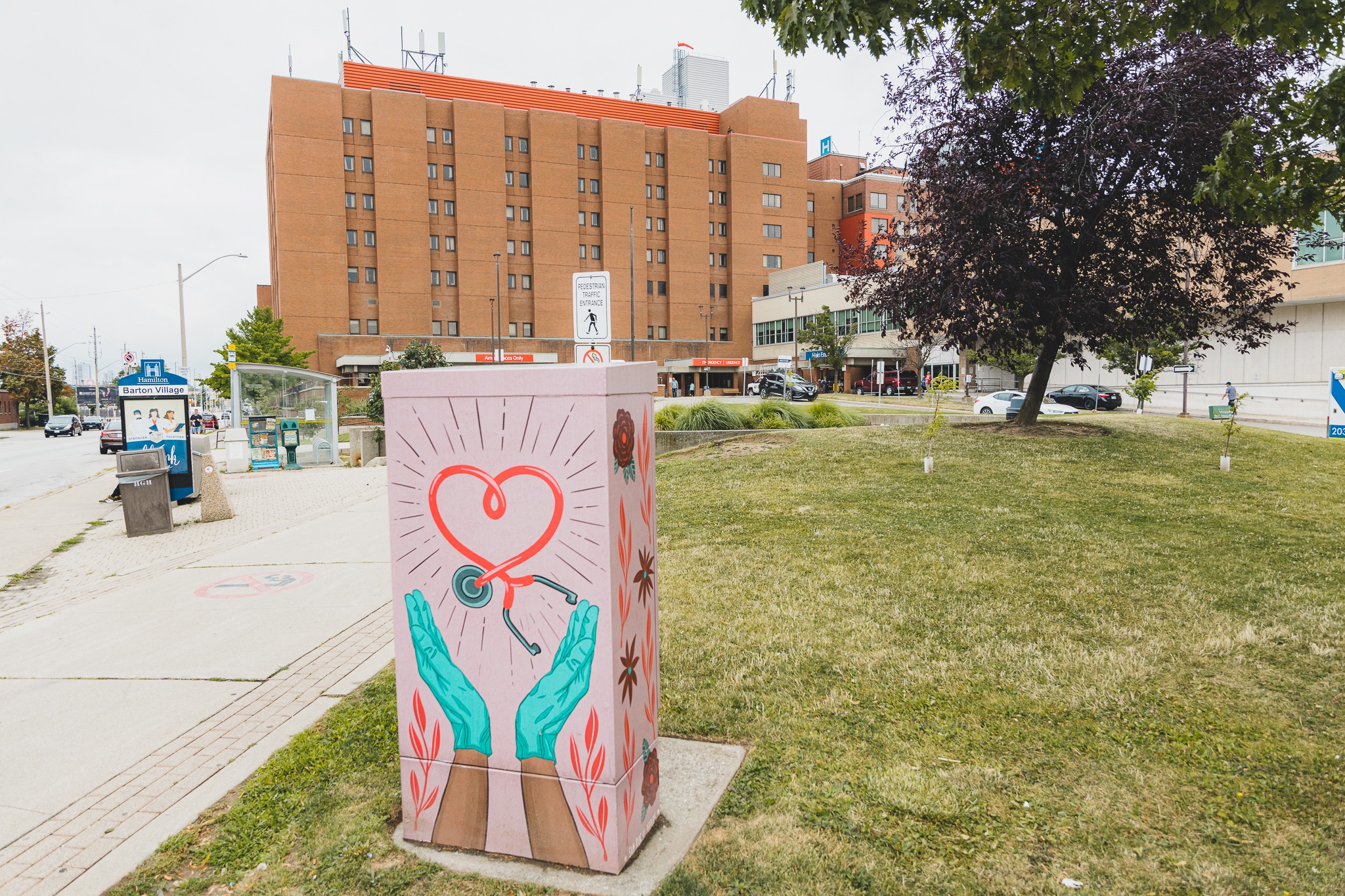Hamilton Health Sciences Community Report

Ontario’s healthcare system is under immense pressure. As one of Ontario’s largest hospital systemsThere are many factors impacting hospital capacity, including:
1. A national shortage of trained healthcare professionals, including but not limited to nurses
2. An increase in the number of people who need hospital and long-term care
3. The COVID-19 pandemic
For the last several years, these factors have compounded to create a high, on-going level of strain across our healthcare system. They are very complex issues, and there is no single solution to bring our system in to a state of relief. Below, we offer some insight and information to help you understand how and why these issues may impact the care that you or a loved one receive at HHS, or elsewhere.
Note: Data on this page is routinely updated on a weekly, monthly, or quarterly basis. Please note posting dates within each respective section below.
Global healthcare workers shortages continue to be felt locally. Often, there are not enough qualified applicants to fill the number of vacancies within our organization.
A number of factors have contributed to on-going staff and physician shortages:
1. More people reaching retirement age
2. Limited enrollment and/or capacity in academic programs within the health field
3. Healthcare worker absences related to COVID-19 illness or exposure
4. Healthcare worker burnout, made worse by the COVID-19 pandemic
We have taken a number of steps to bridge staffing gaps so that we can minimize impact on the patients we care for. Some examples include:
• IEN program
• Aggressive recruitment efforts and marketing
• Centralized recruitment?
The data seen below is updated monthly.
Patient volumes and the severity of disease have been increasing since long before the pandemic. However, the COVID-19 pandemic created an additional demand for care. Why do people need hospital services now more than ever before?
1. Our population is aging exponentially, and older adults typically have more medical needs than younger people
2. Some people who had to wait for care while the health system responded to the COVID-19 pandemic are now sicker, meaning they require more healthcare resources.
3. COVID-19 itself continues to affect people everywhere, some of whom become sick enough to need hospital care.Vis
At HHS there are additional, unique factors that impact our hospital’s capacity:
•Certain socioeconomic factors in Hamilton and the surrounding region contribute to higher volumes of people with complex, serious conditions such as COPD, low fetal birth rates, and cancer.
•HHS is a regional centre for several specialized programs including stroke, cardiac, trauma, neurology, cancer, and pediatrics. This means that patients come to us from across the region and even the province, many of whom with serious and urgent health needs.
The data seen below is updated monthly.
ALC (alternate level of care): ALC refers to hospital patients who no longer require hospital care and are awaiting transfer to a community-based setting, such as long-term care.
Funded occupancy: Usually expressed as a percentage, funded occupancy refers to the number of patients occupying beds for which the hospital receives government funding to operate. When funded occupancy is above 100%, it means the hospital is caring for more patients than it receives funding for. Often, these patients are cared for in unconventional spaces such as a hallway or sun room due to a lack of proper bed space.
